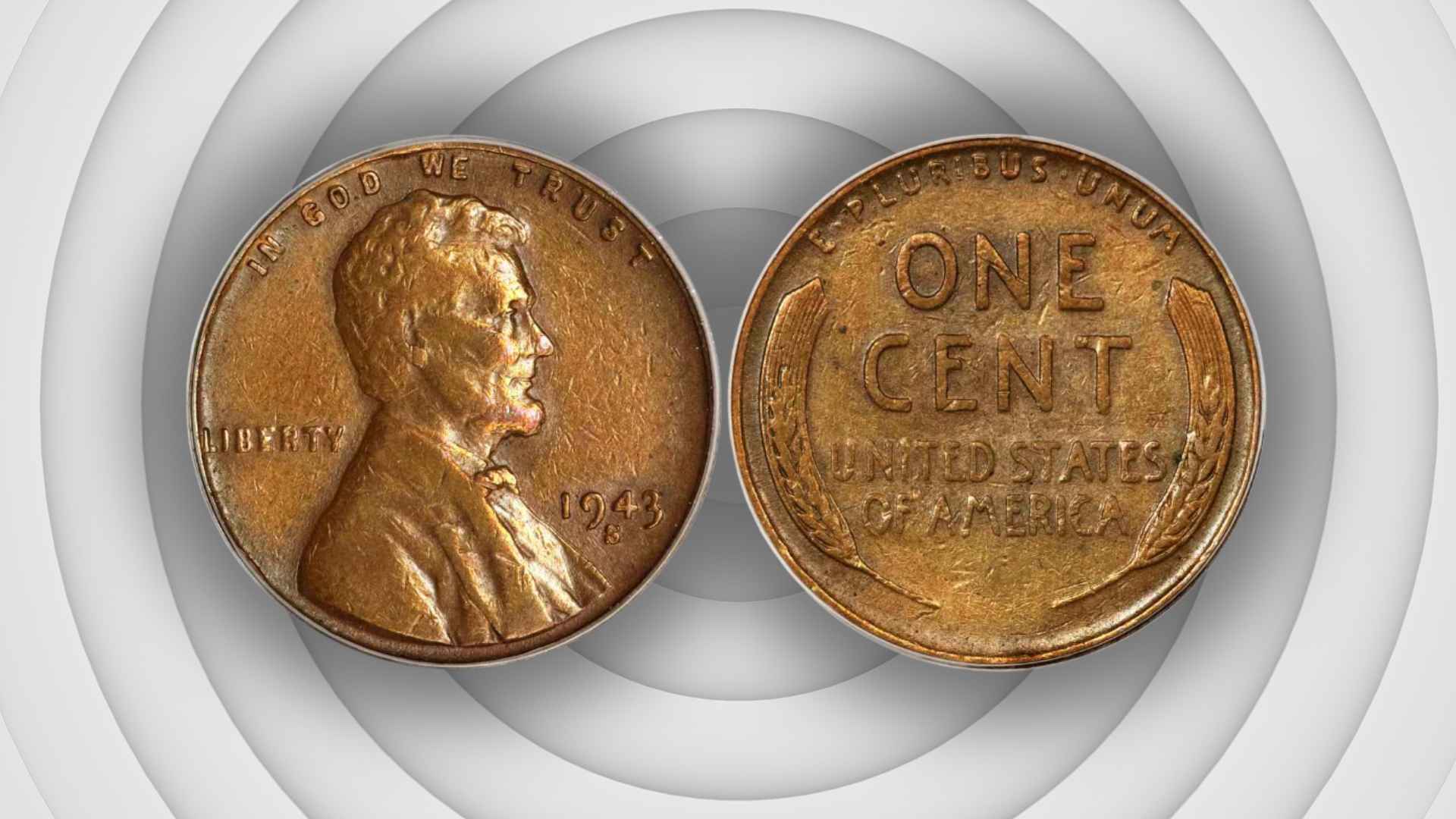Collectors’ hearts race at the thought of snagging a small copper coin that could wipe out a car loan. The legendary Lincoln Wheat Penny, minted from 1909 to 1958, occasionally commands five‑figure prices—yet many Americans still toss these cents in tip jars without a second glance.
Even everyday savers could, in theory, unearth one of the hobby’s crown jewels. But how realistic is that dream, and what details separate a jackpot cent from ordinary pocket lint?
How a century‑old Lincoln wheat penny design turned pocket change into treasure
First struck in 1909 to honor Abraham Lincoln’s centennial, Victor D. Brenner’s design features twin wheat stalks that gave the coin its nickname. Tens of billions rolled off U.S. Mint presses before the reverse switched to the Lincoln Memorial in 1959. Therefore, any Wheat Penny left in circulation is at least 66 years old—plenty of time for most to vanish into collections or the recycling smelter. Below are the headline varieties that keep garage‑sale shoppers squinting at penny jars:
| Year & variety | Why it’s scarce | Typical auction price range* |
|---|---|---|
| 1909‑S VDB | Only 484,000 struck with designer’s initials | $1,000 – $10,000 |
| 1943 Copper | Struck on leftover bronze planchets in wartime | $85,000 – $250,000 |
| 1955 Double Die | Dramatic doubling of date and motto | $5,000 – $45,000 |
*Figures reflect recent public auction results for choice circulated to mint‑state coins.
Keep these numbers handy; spotting just one of these cents could fund a semester of college. Crazy, right? Tips to boost your odds of spotting one in the wild today:
• Search bank‑wrapped rolls and estate‑sale coffee cans after family clean‑outs.
• Wave a magnet at 1943 pennies; non‑magnetic pieces might be the copper error.
• Use a 10× loupe to inspect 1955 dates for crisp doubling.
• Check under bright light; even worn coins may reveal a small “S” mintmark below the 1909 date.
Still think the odds are impossibly long? Fair enough—but someone finds a headline‑making penny every few years, usually because they bothered to look. So, will you start checking your change tonight?
Final takeaway for would‑be numismatic treasure seekers still chasing copper fortunes
In short, yes—a $49,000 Wheat Penny could still be rattling around in a vending‑machine dispenser. Consequently, giving your spare change a two‑minute inspection is hardly wasted time. If a Lincoln cent with unusual metal, doubled lettering, or an “S” mintmark falls into your palm, set it aside and get a professional appraisal. Who knows—next week’s grocery run might come courtesy of a coin minted before your grandparents were born.

